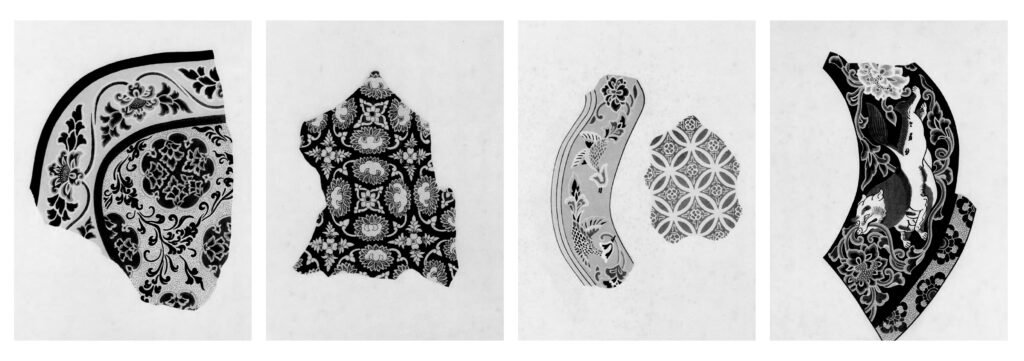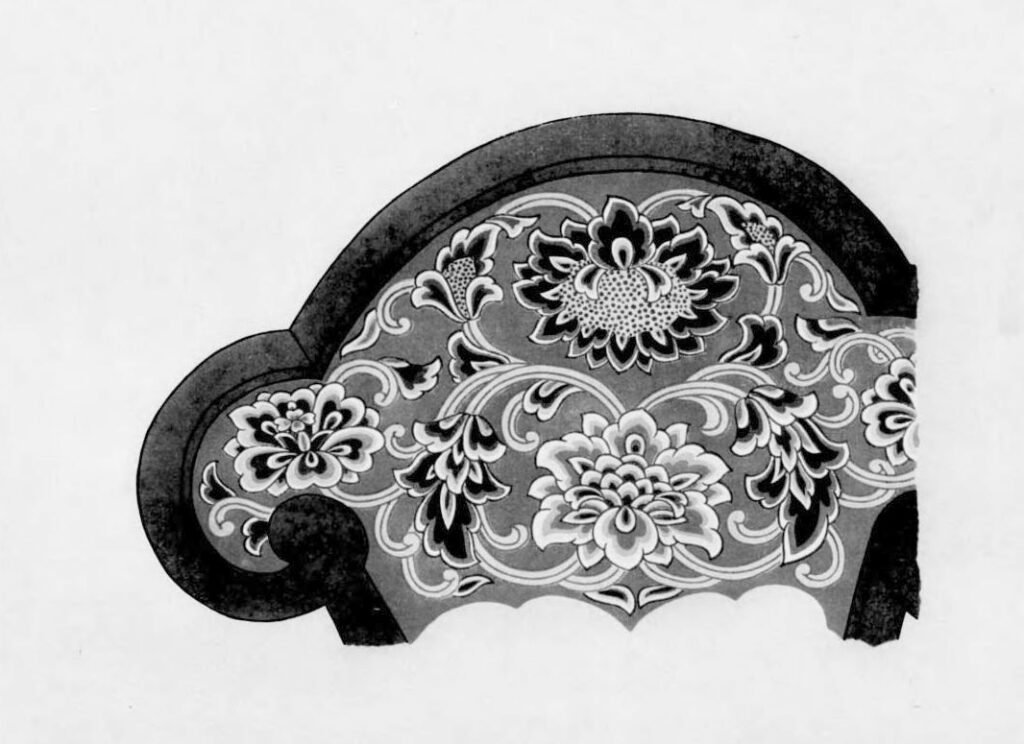From the fluid lines of kimono designs to the intricate carvings found in historic temples, Japanese patterns (known as monyō) have long captivated observers with their rich symbolism and timeless appeal. As an expert in Japanese cultural arts, and architecture, I invite you on a journey to uncover the evocative beauty of Joruriji Patterns. These unique motifs, deeply connected to the Four Heavenly Kings enshrined at Joruriji Temple, offer a fascinating window into the heart of Japan’s artistic heritage.
The Enduring Allure of Japanese Patterns
Japanese patterns trace their roots back centuries, evolving through countless generations and artistic influences. They often reflect nature—floral blooms, swirling clouds, flowing water—as well as spiritual beliefs that breathe deeper meaning into every elegant line. This dual emphasis on beauty and symbolism continues to inspire creators worldwide. Whether integrated into fashion, architecture, or graphic design, Japanese motifs bring:
- Visual harmony: Striking, balanced compositions that please the eye
- Cultural depth: Stories of prosperity, protection, and good fortune embedded within each shape
- Universal appeal: Themes of natural wonder and spiritual reverence that resonate across different cultures
Joruriji Temple: A Glimpse into the Past
Nestled in Kyoto’s historic Woodlands (specifically, in Kizugawa City), Joruriji Temple dates back to the late Heian through Kamakura periods. Famed for its serene pond garden and lineup of Amida Buddha statues, it is often referred to as a living example of Pure Land Buddhist aesthetics. Visitors are enchanted by:
- The Nine Amida Statues: Symbolizing salvation and the ideal realm of the Amida Buddha
- A Three-Storied Pagoda: Showcasing classical temple architecture
- Scenic Gardens: Changing beauty each season, from cherry blossoms in spring to fiery maples in autumn
Such an immersive environment has made Joruriji a cultural treasure, appreciated by historians, art lovers, and casual travelers alike.
Meet the Four Heavenly Kings

Within Buddhist tradition, the Four Heavenly Kings (Shitennō) watch over the cardinal directions and safeguard the faith. They are:
- Jikokuten (Guardian of the East)
- Zōchōten (Guardian of the South)
- Kōmokuten (Guardian of the West)
- Tamonten (Guardian of the North)
In Joruriji Temple, each statue displays remarkable craftsmanship from the Kamakura era. Gleaming armor, expressive faces, and compelling stances lend these guardians a commanding presence. It’s on these very statues that we find the remarkable Joruriji Patterns—five key motifs carved and painted with astonishing precision.
Joruriji Patterns: Five Symbolic Motifs

When people refer to “Joruriji Patterns,” they typically mean the ensemble of decorative motifs that adorn the Four Heavenly Kings. Though each King bears distinct details, collectively these patterns embody a broader spiritual narrative. Below are five standout motifs:
- Swirling Foliage (Karakusa)
Representing an unbroken cycle of life and abundance, this vine-like design is believed to encourage prosperity. Found at sleeve edges or along breastplates, these swirling leaves symbolize continual growth and vitality. - Lotus Flower (Renge)
A signature of Buddhist art, the lotus rises pure and radiant from muddy waters, signifying spiritual awakening. On the Four Heavenly Kings, lotus petals add a sense of serenity and affirmation of enlightenment’s promise. - Blossoming Jewels (Hōsōge)
Combining blooms and arabesque elements, this floral motif exudes refined elegance. Often intricately carved into armor or sashes, it underscores the Kings’ regal and sacred function within the temple. - Billowing Clouds (Unmon)
Illustrative of the heavens and the ethereal realm, these drifting cloud forms suggest the lofty domain of divine guardians. Their fluid lines create a dynamic backdrop that energizes the statues’ overall composition. - Majestic Dragon (Ryūmon)
Dragons traditionally command awe and ward off evil, underscoring spiritual power. Incorporated into the Kings’ armor or ornamental frames, they highlight the statues’ role as formidable protectors in the Buddhist cosmos.
Why These Patterns Matter Today
Collectively, these Joruriji Patterns speak to key tenets of Buddhism: prosperity, enlightenment, heavenly realms, and spiritual guardianship. Far from being relics of the past, such motifs carry fresh relevance in modern design and personal expression. Here’s how you might integrate their beauty:
- Home Decor: Impart a sense of calm and elegance with wallpapers or cushion covers reflecting swirling foliage or lotus blooms.
- Fashion Accents: Elevate outfits with scarves, accessories, or jewelry featuring refined floral or cloud motifs.
- Graphic Art and Posters: Combine multiple designs into a cohesive layout that channels good fortune and timeless sophistication.
Joruriji Patterns offer more than just visual delight; they embody centuries of Japanese devotion and artistry, distilled into richly symbolic designs. By exploring the swirling Karakusa vines, ethereal Lotus petals, ornate Hōsōge flowers, drifting Cloud patterns, and mystical Dragons, we connect with a cultural tapestry that transcends eras. Whether you’re an art enthusiast, a spiritual seeker, or someone in need of a remarkable gift, these motifs serve as gateways to Japan’s storied past—and windows into the promise of auspicious new beginnings.
Thank you for embarking on this cultural journey. May the profound beauty and deep symbolism of Joruriji Patterns inspire your next creative endeavor or heartfelt gesture.
(This article reflects expert insight developed through decades of studying Japanese architecture, design, and cultural traditions. For the latest academic research, please consult reputable scholarly sources.)
The following article introduces the traditional crafts of another sacred temple, Tōdai-ji.



